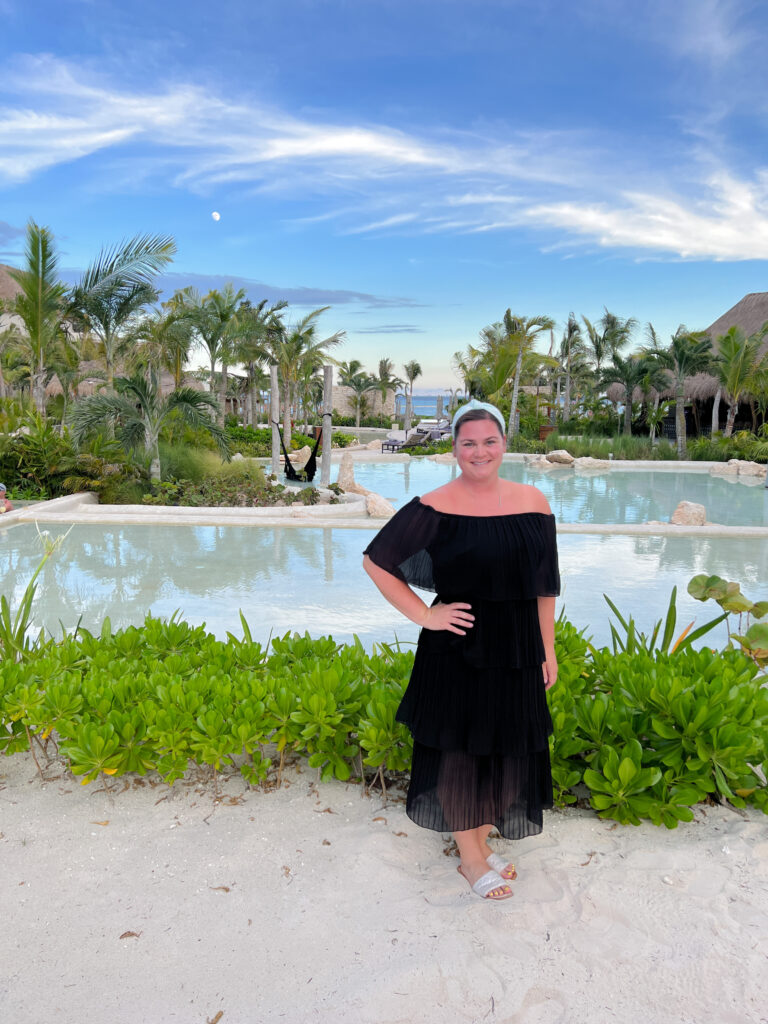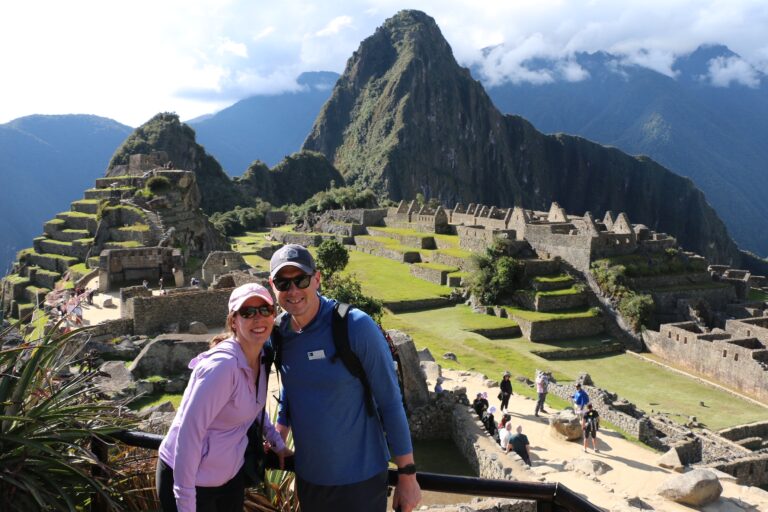Overview
Introduction
Yap is known for its great diving, but we like it because of its fascinating people, who've managed to preserve their traditional culture relatively intact. Yap, or Wa'ab, consists of three islands (Yap, Gagil-Tomil and Maap) joined by bridges. Several hundred yards/meters away, but with no bridge to it, is Rumung, whose residents are not yet ready to allow tourists.
The people of Yap Island live primarily among the mangrove swamps, palm groves and beaches along the coast. The island is full of reminders of the past: Ancient stone paths crisscross the island, many of them still in use. These paths connect villages with each other and with taro pits that are irrigated with runoff from the pathways. Along many paths and in many villages are "banks" of Yap's famous stone money: carved circular stones, some 12 ft/4 m in diameter. This money is still used for certain customary transactions, such as the sale of land. Some villages, including Kadaay and Maa, will organize traditional dancing or other cultural activities such as weaving. Yap is a good place to find handicrafts, particularly pandanus basketry and hand-woven cloth.
The diving off Yap is excellent: It's almost as varied—if not quite as spectacular—as that off Palau, but with fewer divers. It is probably one of the best places in the world to view manta rays: You can sit on the ocean floor and watch these ethereal creatures as they are met by cleaner wrasses (small fish that eat parasites attached to the rays). Also, there is perhaps no other place on Earth where they can be seen on such a consistent basis year-round. This fact has catapulted Yap to the top on all lists of the world's finest diving attractions.
You'll need to get permission to visit the outer islands, and women may have to go topless: Many islands still require that tourists dress in the local style—loin cloth for men and lava-lava skirts and no top garment for women. We recommend three nights on Yap. 1,420 mi/2,285 km west of Pohnpei.
Overview
Introduction
Not to be missed, Colonia del Sacramento, Uruguay, is a charming 17th-century riverside town that is a former fortress and contraband port. Just 100 mi/160 km west of Montevideo, it's now a UNESCO World Heritage site, thanks to its distinctive Portuguese colonial architecture and sycamore-shaded streets.
Once a walled city, the old Barrio Historico is a slow-paced hamlet, a place to stroll cobblestoned lanes, linger under palm trees in the park or sit and watch local fishermen cast for the day's catch. It's also home to an increasing number of bed-and-breakfasts, quaint hotels, and sophisticated restaurants and bars.
Tour the fortress walls, lighthouse, municipal museum, the historical museums (Museo Espanol and Museo Portugues) and Uruguay's oldest church, the Iglesia Matriz del Santisimo Sacramento, which dates from 1699.
There's also a crumbling bullring to check out, the only one in the country, at nearby Real de San Carlos (bullfighting was abolished shortly after the ring was built).
And take note of the daily yerba mate ritual—it's quite a spectacle to see so many people, with thermoses beneath their arms, strolling the streets imbibing the traditional herbal tea throughout the day.
Ferries and catamarans connect Colonia del Sacramento quickly and directly with Buenos Aires.












































